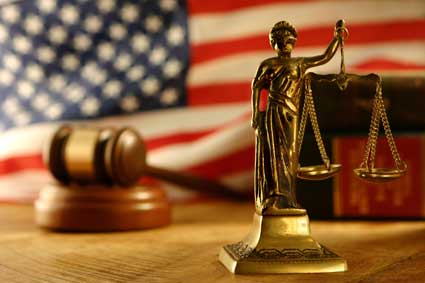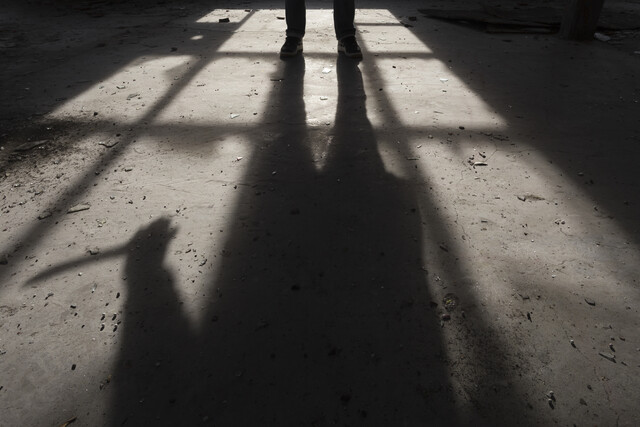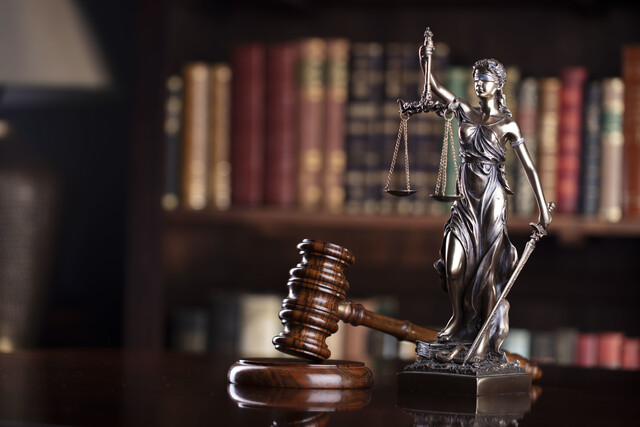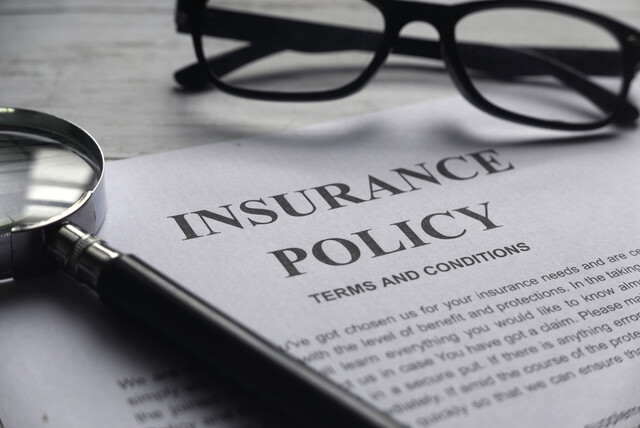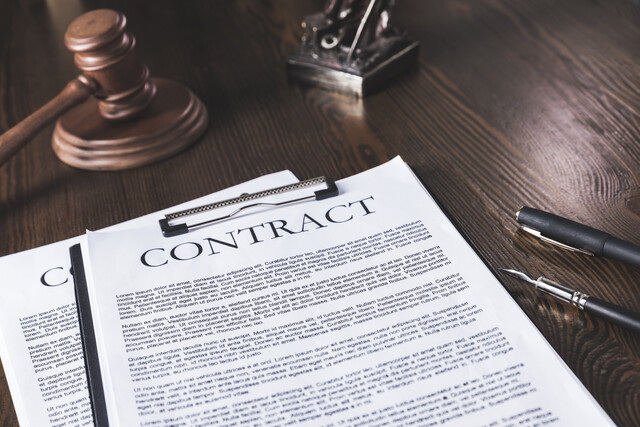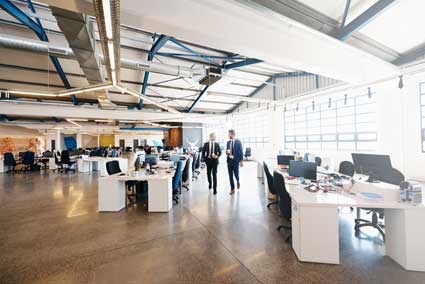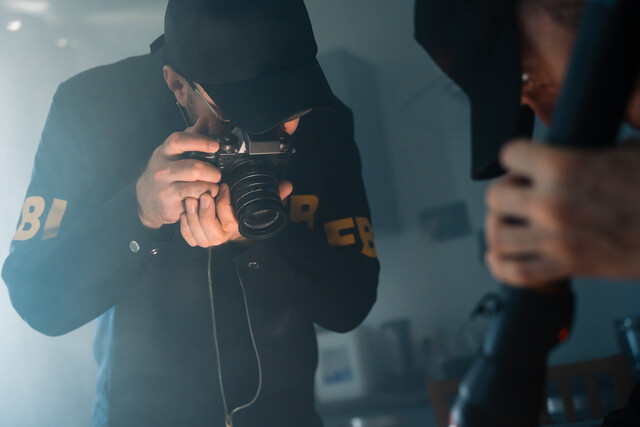There are proper procedures and protocol involved in processing a crime scene. One of the most important of these is documenting the crime scene. Such a process involves photography, note taking and reports, sketches, measurements and recording names of people in charge of collecting evidence, and the dates and times those people were present. In many cases, poor scene documentation can lead to inadmissible evidence in a court of law, or missed evidence that may allow a guilty party to get away with a crime against persons or property. We will offer the most common methods of recording such evidence.
Properly processing a crime scene involves many different people using a wide variety of media or methods to record data, provide a timeline of the investigation, as well as how the crime scene was approached and evidence was identified, marked and collected for analysis.
A crime scene investigator must always keep in mind that criminal lab testing personnel, lawyers, and even jurors will consider all evidence at some later point in time. When developing a plan of action to identify and gather evidence from any crime scene, the crime scene investigator must follow departmental procedures and protocol in order to assure that all collected evidence will be admissible in a court of law. Proper collection, documentation, identification of evidence and who collected the evidence and how particular items were retrieved may be of extreme importance in trial.
Notes
For this reason, extensive note taking is recommended and is perhaps the most important aspect of the crime scene investigation, short of the identification and retrieval of evidence. For if the evidence can be shown to have been improperly collected or handled, or if it can be proven that the evidence chain-of-custody has been broken, the value and authenticity of that evidence can, and probably will be, questioned in the future.
There are several factors which differentiate good note taking from bad note taking:
- Notes should be thorough and as complete as possible
- Notes should detail every step and process of the crime scene investigation.
- Notes should be in chronological order and taken as events during the investigation occur.
- Notes should have accurate measurements to specify direction of evidence found (i.e., 7 inches south of east corner of table).
In addition, initial notes taken by crime scene investigators should include:
- Data and time crime reported.
- Type of crime.
- Location of crime scene(s) and description of area
- Names of personnel who took photographs, drew the crime scene sketch, collected fingerprints, etc.
- Location of evidence found and name of person or officer who collected it.
- Description of interior and exterior of crime scene, if applicable.
- Weather and light conditions during crime scene investigation.
Of course, these are just a few of the considerations that a crime scene investigator should observe in notes as the investigation progresses.
Photographs
When it comes to taking photographs of the crime scene, several different methods of approach are available. However, the first rule at every crime scene should be, don't touch until photographs have been taken! Clear, well-focused photographs are an essential and valuable tool for crime scene analysis and should offer an uncontaminated view of the crime scene. Both close up shots as well as overview shots should be taken, and the number of each is dependent on the situation, location and circumstances of the crime.
There are different types of cameras that may take crime scene photographs, though the most common is the 35-mm single lens reflex camera. Such a choice is not only due to the clarity of photographs produced by this type of camera, but also due to the cost of film and its user-friendly format. However, many law enforcement agencies also approve what are called "Point and Shoot" cameras that don't require special focusing, as many people are not adept at providing perfectly focused shots and many crime scene photos are poor in quality and focus if not taken by the right people.
Instant cameras such as Polaroid cameras are often used for instant identification purposes only, as the quality of such photos is usually poorer than those obtained from 35-mm cameras. Such cameras may be used to provide photos of victims, vehicles and property for quick identification purposes.
Today, the digital camera is perhaps the most common among both consumers and law enforcement agencies, as their quality has greatly increased over the last few years. The convenience of storing photographic images on a disk that can be immediately accessed via computer and the capability of inserting photographs directly into police reports are added bonuses.
When photographing a crime scene, several factors can greatly enhance not only the quality of photographs, but also the thoroughness in which the crime scene has been memorialized. For example, photographs of the following should always be taken at a crime scene:
- Witnesses
- Close-up photos of the victim and surroundings
- Location of crime scene
- Evidence
Witness photographs don't mean photos of the witness, per se. It means taking photographs of the crime scene as a witness would see it. In this case, the crime scene photographer is the "witness" to the crime scene. These photos should show the victim from various directions and distances. Overlapping photographs should be taken, either working in a clockwise or counterclockwise motion.
Location photos should be taken of the immediate crime scene, as well as surrounding areas. For example, if the crime scene is in a bedroom, photos should be taken of the bedroom, as well as the hallway and other rooms in the house, as well as yards and garages. While this may seem to be overdoing it, remember the possibility that "anything and everything may become evidence". Better to take too many photos than not enough.
Close-up photos should be taken to offer greater clarity of a crime scene. In general, at least two photos should be taken of the victim and any evidence. One photo should include the scene as it is in a "witness" shot, the other with the use of a measuring tape, ruler, or some other item that may be used to specify size, distance or measurement.
Evidence photographs are extremely important not only for the present and ongoing crime scene investigation procedure, but for those events that will take place later, such as trials. It is essential that photographs of evidence be taken before it is touched or moved in any way. If a photograph shows that evidence may have been moved or otherwise contaminated prior to a photograph being taken, it may be considered inadmissible in a court of law.
Photographs should be made of any and all physical evidence found at the scene of a crime, including finger and footprints, blood evidence, weapons and the body of the victim. Close-up photographs of any defense wounds and other wounds to the body should be taken.
When photographing any of the above, the crime scene photographer should also keep a photo log to document the types of photos, who took the photos, the date and time such photographs were taken, as well as details such as camera shutter speed, type of film used and brief descriptions of the photos.
For crime scene photographs, a typical and common 50-mm lens should be used to provide proper perspective of the scene photographs. Any lens changes should be noted in the photo log.
A crime scene investigator who takes any photographs at a crime scene should take care, if at all possible, not to include other officers or equipment in the crime scene photos. It is important for a crime scene photograph to depict the crime scene as an "invisible witness" of sorts.
It is highly recommended that CSI's in training receive at least a brief introduction to photography and the basic equipment used for photographing crime scenes in order to familiarize themselves with focusing 35-mm cameras and loading and unloading film safely in order to produce the best, high-quality photographs possible.
Keep in mind that in order to be admissible in a court of law, all photograph negatives be retained and preserved. In this way, the authenticity of the photographs cannot be questioned.
Sketches and Diagrams
While photographs and notes are an important and vital part of any crime scene investigation, sketches and diagrams that show measurements are an indispensable tool in crime scene documentation. A sketch is made to not only complement the photographs, but to offer a wider representation of the crime scene. Such a "bird's-eye view" is especially important when the crime scene is spread out over an area, such as a house.
For example, the victim may be found in the bedroom, but he or she may have been attacked in the different room in the house. The crime scene sketch will be able to provide a more comprehensive view of the entire crime scene than single photographs taken one room at a time.
In addition, a crime scene sketch will also show the placement of various objects and evidence in relation to where the victim or body is found, and may include evidence of bloodstains, smear, drops as well as the path that the victim or perpetrator made through the house through the use of directional arrows.
Many crime scene sketches will also include valuable measurements as to where certain objects are found in relation to the body. A crime scene sketch can be made of several different sheets of paper: the first showing the entire location, the next of the room or general area the victim is found, or even another that shows a specific diagram of various pieces of evidence.
When constructing a crime scene sketch, several items of information need to be included. These can include, but are not limited to:
- Case number
- Name of victim
- Name of officer who drew the sketch
- Date and time sketch was made
- Scale, if required, and measurements between items on the sketch
- Directional reference points, (i.e., N, S, E, W)
- A sketch legend or key to identify key items of evidence
A crime scene sketch done at the scene may be used for later reference in perfecting the sketch or completing a more detailed sketch at a later time. However, the crime scene investigator or officer who drew the sketch may be required, at a later point in time, to testify in court as to its authenticity as a "true and accurate" description of the crime scene.
ConclusionRemember that the crime scene investigator is responsible for the accurate documentation of a crime scene. This means not only documenting the obvious, such as a weapon or victim, but the not so obvious as well. Through the use of notes, photographs and crime scene sketches, the thorough examination of a crime scene incorporates more than one method of documentation. While the number of photographs taken will, again, depend on the situation, always try to obtain a well-rounded view of the initial crime scene and its surroundings before the scene is examined for evidence. While at times the crime scene photographer may have to work quickly, either because of circumstances, weather or oncoming darkness, quality of the scene documentations are an essential and extremely valuable aspect of the entire investigation and care must be exercised to procure the best photographs, the most thorough notes, and the most accurate crime scene sketch as possible for a successful conclusion and disposition of the case.



